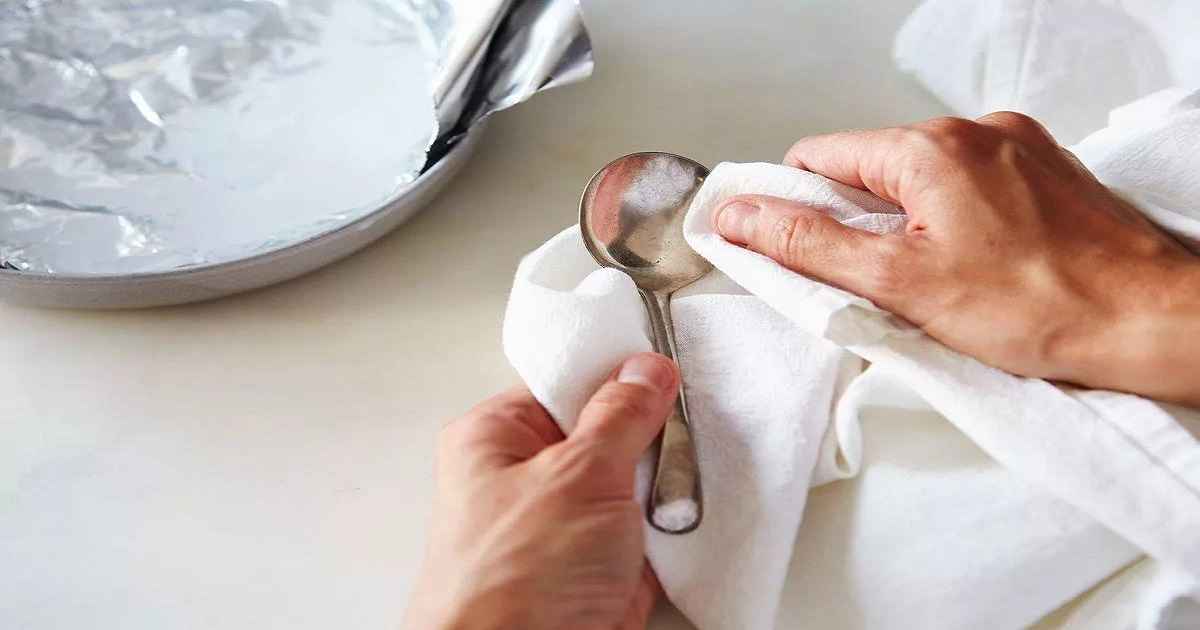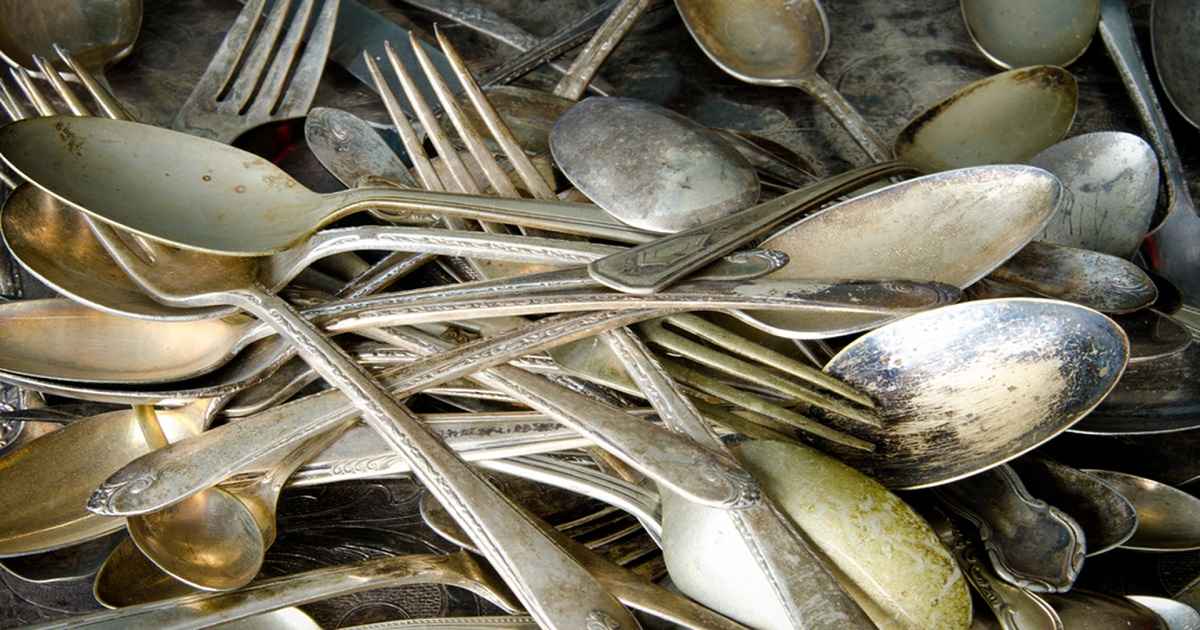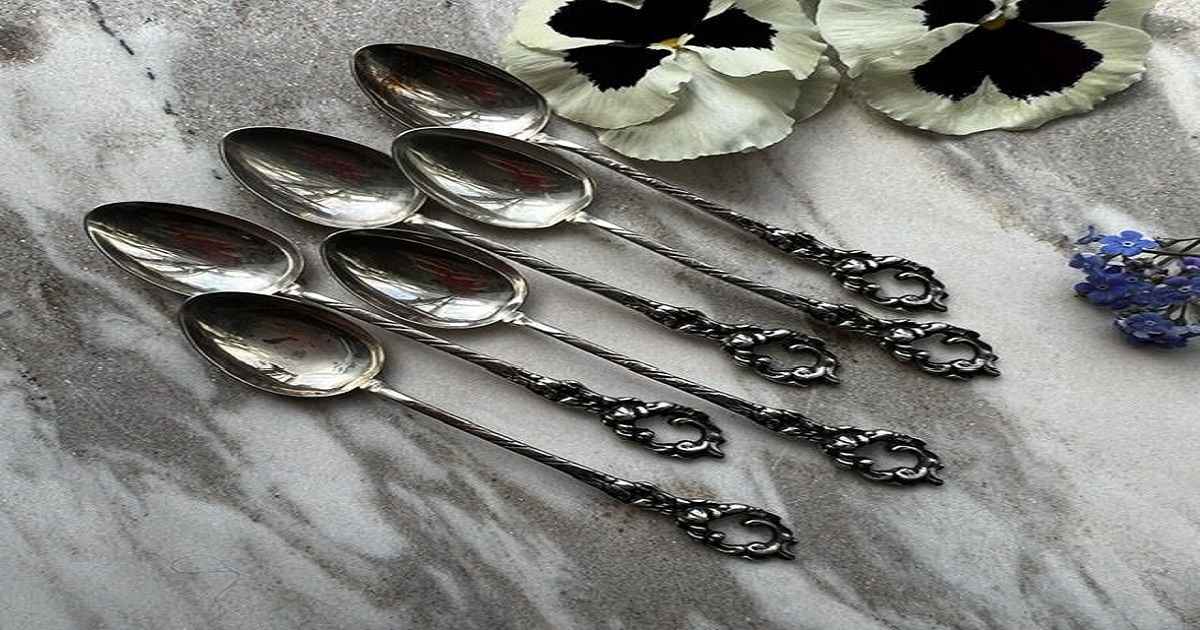Will Stainless Steel Tarnish
Will Stainless Steel Tarnish? Your Comprehensive Guide
Ah, stainless steel! It’s everywhere, from kitchen utensils to jewelry, and for good reason. But one question that often pops up is: Will stainless steel tarnish? Let’s dive right in and find out.
1. What is Stainless Steel? First off, stainless steel is an alloy, a fancy term for a mix of metals. It typically includes iron, chromium, and often nickel and other metals. This blend is what gives stainless steel its famous resistance to rust and corrosion.
2. The Tarnish Tale: Does Stainless Steel Tarnish? Here’s the deal: while stainless steel is resistant to tarnishing, it’s not completely immune. Factors like environmental conditions, exposure to chemicals, and even the quality of the steel can play a role. However, compared to other metals, stainless steel holds up pretty well against tarnish.
3. The Role of Chromium: Stainless Steel’s Secret Weapon Chromium is the star player in stainless steel. When exposed to air, chromium forms a thin protective layer on the steel’s surface. This layer, invisible to the naked eye, protects the steel underneath from air and moisture, which are the usual culprits for tarnishing.
4. Stainless Steel Grades and Tarnish Resistance Not all stainless steel is created equal. There are different grades, with 304 and 316 being the most common for household items. Grade 316 has more nickel and molybdenum, making it even more resistant to corrosion and tarnish, especially in saline or chlorine-exposed environments.
5. Maintenance Matters: Keeping Your Stainless Steel Shiny To keep your stainless steel looking its best, regular cleaning is key. Avoid harsh chemicals and use a soft cloth with some warm, soapy water. For tougher stains, a mix of vinegar and water can work wonders.
6. When Stainless Steel Meets Harsh Conditions Even stainless steel has its kryptonite. Harsh conditions like high salinity, acidic environments, or constant exposure to harsh chemicals can eventually lead to tarnishing. In industrial settings, regular maintenance and choosing the right grade of stainless steel can mitigate these effects.
7. Stainless Steel Jewelry: Does It Tarnish? Moving on to stainless steel jewelry, which has become quite popular. Thanks to its durability and affordability, it’s a great choice. While it’s less likely to tarnish than silver, it’s still a good idea to keep it away from harsh chemicals and moisture.
8. Stainless Steel in Architecture and Its Longevity In architecture, stainless steel is praised for its sleek look and durability. Buildings using stainless steel can maintain their appearance for decades, thanks to its resistance to corrosion and tarnishing.
9. The Environmental Impact of Stainless Steel Good news for the eco-conscious: stainless steel is 100% recyclable. Its longevity and resistance to tarnish also mean less waste and fewer resources used for replacements.
10. The Final Verdict: Is Stainless Steel a Good Choice? Absolutely! Its resistance to tarnish, coupled with the right care, makes stainless steel an excellent choice for various applications, from your kitchen to your jewelry box.
Conclusion So, will stainless steel tarnish? It can, but with proper care and the right environmental conditions, it’s a tough contender against tarnish. Embrace its shiny, durable nature and rest easy knowing that your stainless steel items will serve you well for years to come.
11. The Science Behind Tarnishing: A Closer Look To really understand why stainless steel is such a champ at resisting tarnish, a bit of science is handy. Tarnishing occurs when metals react with non-metallic compounds, especially sulfur compounds in the air. Stainless steel’s chromium-rich surface layer is less reactive, making it less prone to this kind of chemical reaction. This is why, compared to metals like silver or brass, stainless steel holds up so much better over time.
12. Stainless Steel in the Kitchen: Why It’s a Chef’s Best Friend Ever wonder why most professional kitchens are decked out in stainless steel? It’s not just for looks. Chefs love stainless steel because it’s durable, easy to clean, and, most importantly, resistant to tarnish and rust. This means that stainless steel kitchenware can withstand high temperatures and heavy use without losing its luster.
13. Tips for Spotting High-Quality Stainless Steel When shopping for stainless steel products, keep an eye out for markings like “18/8” or “18/10”. These numbers indicate the amount of chromium and nickel, respectively. Higher numbers mean better quality and more resistance to tarnish. Also, feel the weight of the item. High-quality stainless steel has a satisfying heft to it.
14. Dealing with Scratches and Minor Damage Scratches can mar stainless steel’s surface, potentially making it more susceptible to tarnishing. Minor scratches can often be buffed out with a non-abrasive cleaner. For deeper scratches, you might need professional help. Remember, keeping the surface intact goes a long way in preventing tarnish.
15. The Health Benefits of Stainless Steel Not just pretty and practical, stainless steel is also a healthier choice. It’s non-reactive, meaning it won’t leach chemicals or flavors into your food. This makes it ideal for cooking and storing food, especially acidic foods that can react with other types of metals.
16. Stainless Steel in the Great Outdoors Stainless steel isn’t just for indoor use. Its resistance to corrosion and tarnishing makes it perfect for outdoor furniture, grills, and even in marine environments. While it might cost a bit more upfront, its longevity makes it a wise investment.
17. The Aesthetic Appeal of Stainless Steel We can’t forget about the sleek, modern look of stainless steel. Its shiny, neutral appearance makes it a versatile choice for various design aesthetics. Whether it’s in jewelry, appliances, or architecture, stainless steel can complement any style while providing durability and resistance to tarnish.
18. Recycling and Sustainability of Stainless Steel Wrapping up, let’s touch on stainless steel’s environmental angle again. Its recyclability is a huge plus, reducing the need for new material extraction. By choosing stainless steel, you’re not just getting a tarnish-resistant product; you’re also making an eco-friendlier choice.
Conclusion: Stainless Steel, a Smart and Stylish Choice In conclusion, while stainless steel can tarnish under extreme conditions, its overall resistance to such effects is remarkable. Whether in the kitchen, in jewelry, or in architecture, it offers a combination of durability, aesthetics, and practicality. With proper care and use, stainless steel can remain a shiny, rust-free staple in our lives for years to come.













